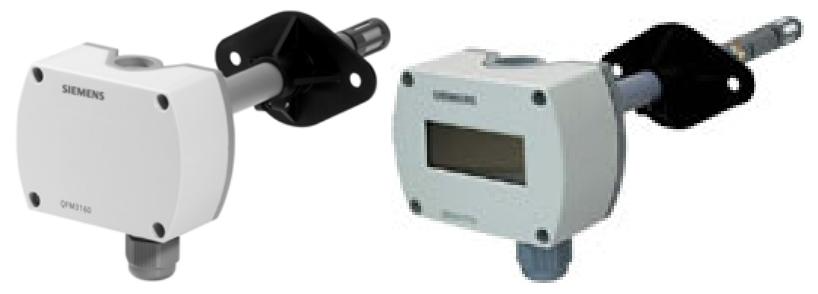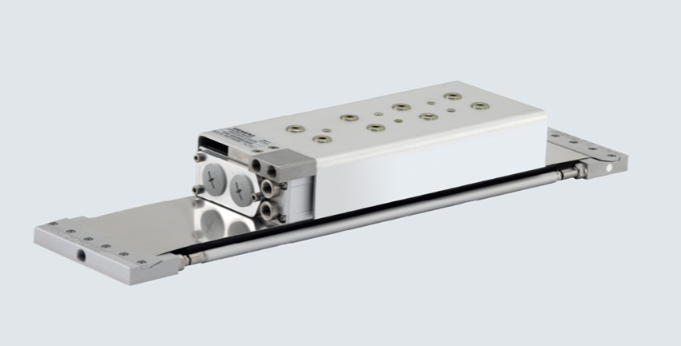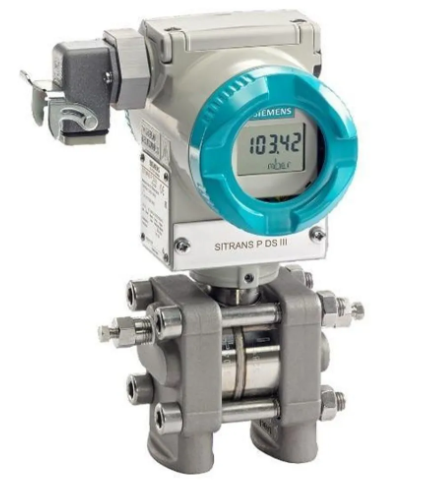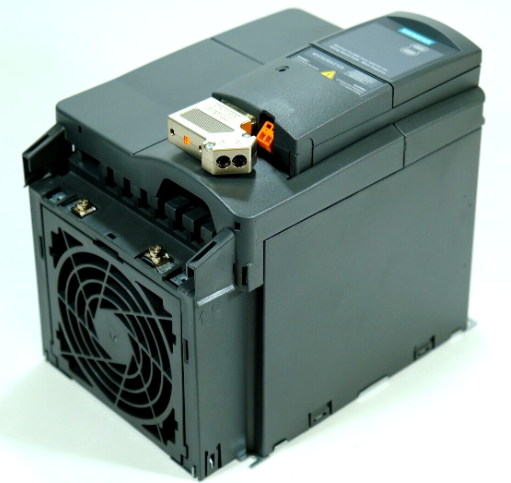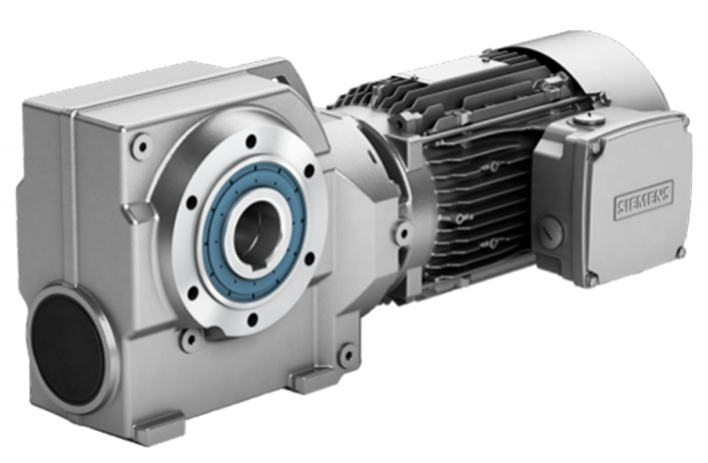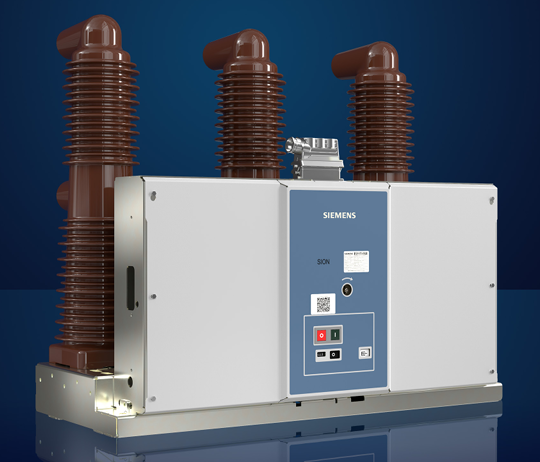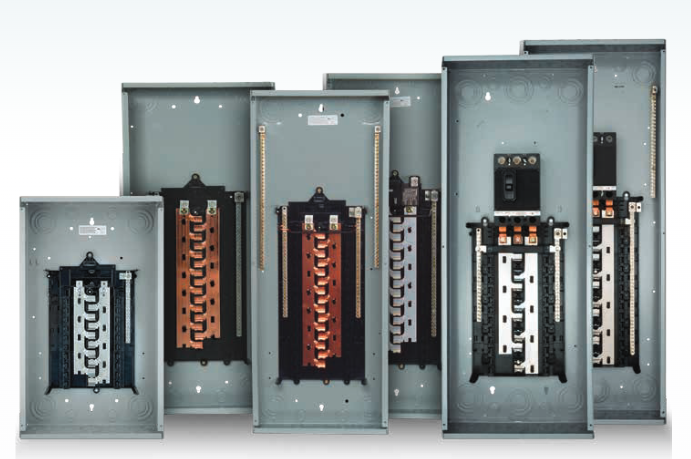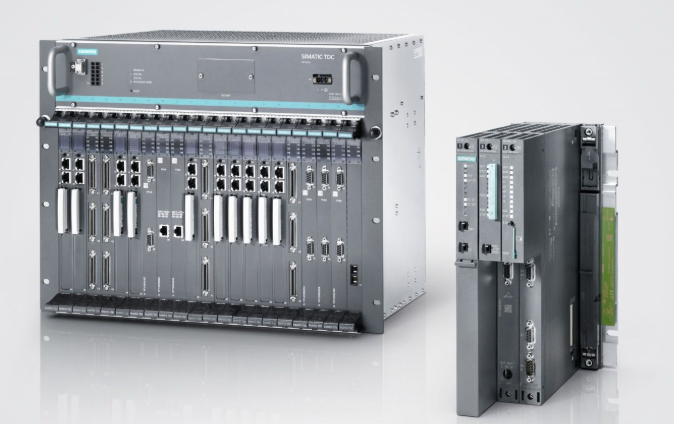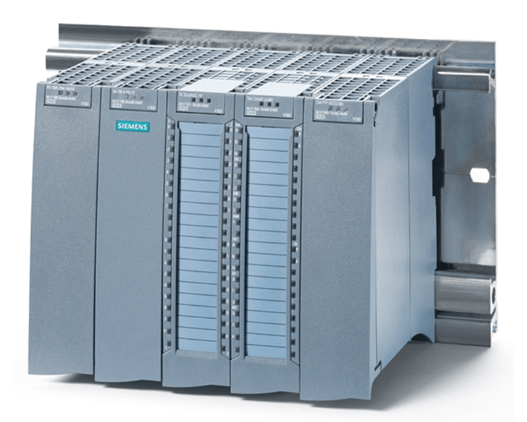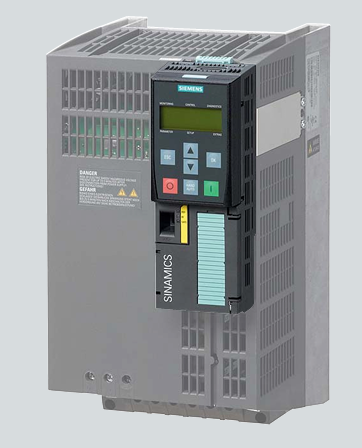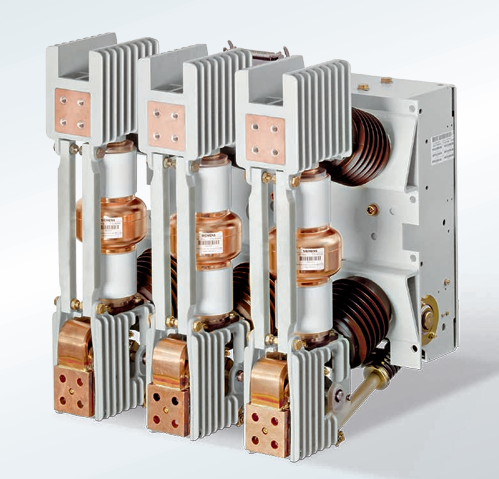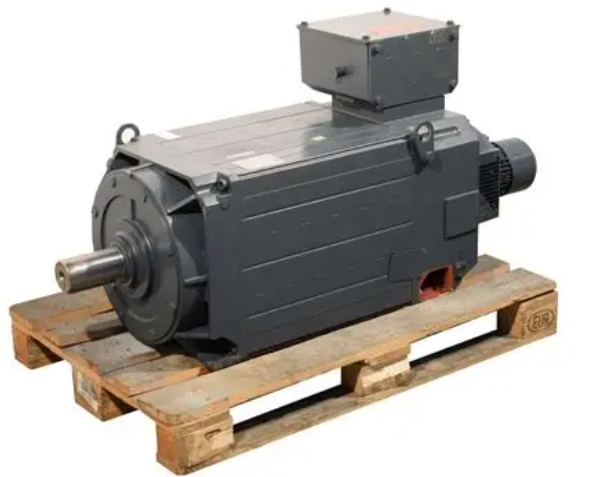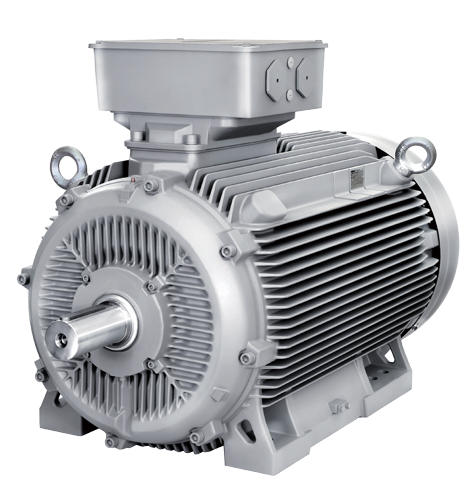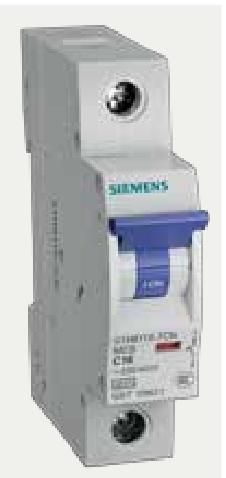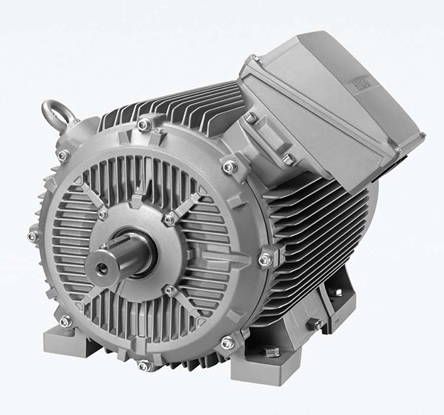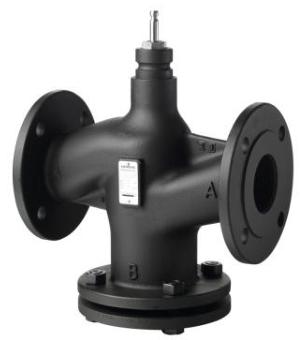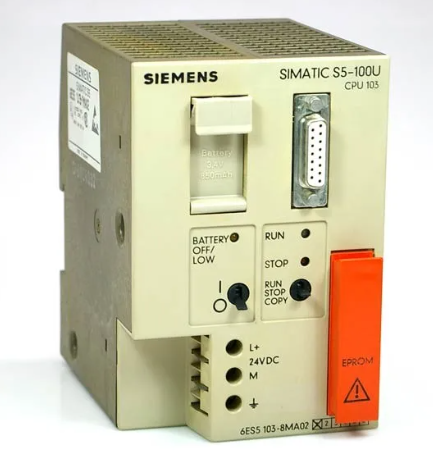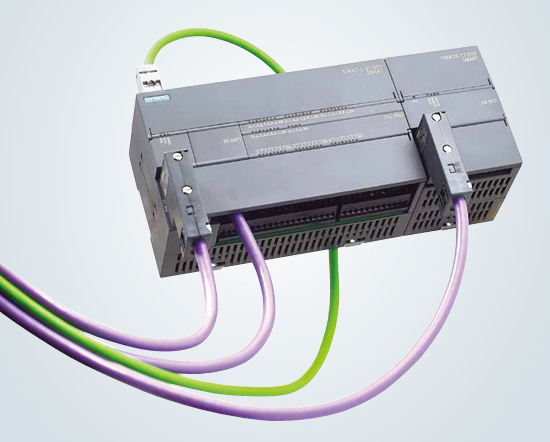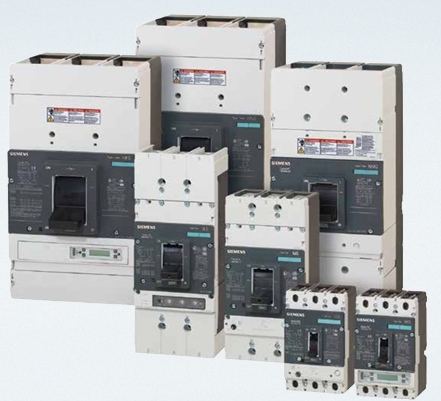Digital I/O hybrid expansion module
Integrated input and output interface, can directly connect digital quantity sensors and actuators
I/O point configuration
Input 24 points, output 24 points, total 48 points
Balanced I/O ratio to meet the signal acquisition and control needs of most small and medium-sized devices
FUJI NP1PU-048E Programmable Logic Control Module
Core technical parameters
Module Type
Digital I/O hybrid expansion module
Integrated input and output interface, can directly connect digital quantity sensors and actuators
I/O point configuration
Input 24 points, output 24 points, total 48 points
Balanced I/O ratio to meet the signal acquisition and control needs of most small and medium-sized devices
Input signal type
DC 24V, Leakage/source switchable
Compatible with NPN and PNP sensors, with high wiring flexibility
Input response time
1ms (can be set to 0.1m/10ms through software)
Quickly respond to external signal changes to ensure real-time control logic
Output signal type
Transistor output, DC 24V
Suitable for driving small solenoid valves, indicator lights, stepper motor drivers, and other loads
Single output current
0.5A/point, total output current 16A
Supporting simultaneous driving of multiple loads, attention should be paid to single channel and total current limitations
power supply
DC 24V ±10%
Compatible with commonly used industrial DC power sources, with strong power supply stability
communication interface
1 RS485 channel (supporting Modbus RTU protocol)
Can achieve data interaction with touch screens, frequency converters, smart meters and other devices
Working environment temperature
-10 ℃~55 ℃ (operation), -20 ℃~65 ℃ (storage)
Adapt to high temperature industrial workshop environment without the need for additional cooling measures
Protection level
IP20 (module body), IP40 (terminal block)
Suitable for installation inside control cabinets, the wiring terminals can prevent splashing liquids from entering
Core performance characteristics
1. High reliability design, suitable for harsh industrial environments
This module adopts Fuji Electric industrial grade components and reinforced circuit design, with excellent anti-interference ability and environmental adaptability. Internally integrated surge suppression circuit and electromagnetic shielding module can effectively resist electromagnetic interference generated by power grid fluctuations, motor start stop, etc., ensuring stable operation in an environment with voltage fluctuations of ± 10% and humidity of 30%~90% (no condensation). At the same time, the module supports hot swappable functionality (in conjunction with NP1 series hosts), which allows for module replacement without cutting off system power, reducing downtime for maintenance and improving production continuity.
2. Flexible I/O configuration, adaptable to diverse scenarios
NP1PU-048E provides 24 point input and 24 point transistor output. The input type supports software switching between drain and source types, and can adapt to both NPN (such as photoelectric sensors) and PNP (such as proximity switches) digital quantity sensors without changing hardware wiring, reducing the risk of wiring errors. The output end adopts a grouped design, with every 8 points as an independent common end. The power supply can be flexibly allocated according to the load type, which can drive small DC 24V loads or control AC 220V equipment through intermediate relays, adapting to the control requirements of different power levels.
3. Fast response and efficient computation to ensure control accuracy
The module input response time can be adjusted through programming software in three levels: 0.1ms, 1ms, and 10ms. For high-speed counting, precise positioning, and other scenarios, it can be set to a fast response mode of 0.1ms to ensure timely capture of external signal changes. Combined with the high-speed computing core of the NP1 series host, the instruction execution speed can reach 0.1 μ s/step (basic logic instructions), which can quickly handle complex sequential control logic and meet strict control timing requirements for scenarios such as machine tool feed and packaging machinery synchronous action.
4. Comprehensive diagnostic and protective functions to reduce maintenance costs
The module is equipped with comprehensive fault diagnosis and protection mechanisms, which can monitor the status of I/O ports, power supply voltage, and module communication in real time. The fault information is uploaded to programming software or human-machine interface through the host CPU, making it convenient for staff to quickly locate the problem. Specific protection functions include:
-Output short circuit protection: When a short circuit occurs at the output terminal, the module immediately cuts off the corresponding channel output and triggers a fault alarm to avoid burning out the module or load;
-Overvoltage protection: When the input power supply voltage exceeds DC 26.4V, overvoltage protection is activated to cut off the module power supply circuit;
-I/O port fault diagnosis: automatically detects input signal abnormalities, output transistor damage and other faults, and provides real-time feedback through LED indicator lights;
-Communication fault alarm: When RS485 communication is interrupted or data transmission is incorrect, an alarm is triggered and a fault log is recorded.
5. Convenient programming and extension to improve development efficiency
This module supports Fuji specific programming software FUJI LADDER EDITOR, compatible with ladder diagram, functional block diagram (FBD), and structured text (ST) programming methods, meeting the programming habits of different engineers. The software has a rich instruction library built-in, including specialized instructions such as high-speed counting, pulse output, PID control, etc., which can quickly implement complex control functions. At the same time, the module adopts the NP1 series standard bus interface, which can be flexibly combined with analog modules, temperature control modules, Ethernet modules, and other modules of the same series. It supports up to 8 modules for easy system function upgrades.
6. Open communication protocol for system integration
The module integrates one RS485 communication interface and supports Modbus RTU communication protocol by default. It can directly exchange data with Fuji touch screens (such as UG series), frequency converters (such as FRENIC series), and third-party smart devices (such as temperature and humidity sensors, smart meters). Through programming software, communication parameters (baud rate, data bits, parity bits) can be flexibly configured, supporting both master-slave communication modes, facilitating the construction of distributed control systems, and achieving collaborative work and data sharing between devices.
Typical application scenarios
Based on its compact structure, flexible configuration, and high reliability, the typical application scenarios of FUJI NP1PU-048E programmable logic control module mainly include:
1. Small and medium-sized machine tool control: used for spindle start stop and feed axis motion control of lathes and milling machines. It connects limit switches, proximity sensors, and solenoid valves through I/O ports to achieve automated machining processes of the machine tool;
2. Packaging machinery system: controls the feeding, sealing, cutting and other actions of the packaging machine, cooperates with photoelectric sensors to detect the position of materials, and drives a stepper motor through transistor output to achieve precise positioning, improving packaging accuracy and efficiency;
3. Logistics conveyor line control: Implement the start stop, speed adjustment (in conjunction with a frequency converter), and material sorting control of the conveyor belt. Collect photoelectric sensor signals through the I/O port, control the action of the sorting mechanism, and achieve automated sorting;
4. Textile machinery control: used for wire breakage detection and winding control of weaving machines and spinning machines. The wire breakage sensor is connected through the input port, and the output port drives the solenoid valve to control the shutdown mechanism, avoiding material waste;
5. Food processing equipment: Control the coordinated operation of food filling, sterilization, labeling and other equipment, monitor the processing temperature through temperature sensors (in conjunction with analog modules), and achieve precise control of process parameters;
6. Small scale automated production line: As the core control unit of the production line, it connects sensors and actuators of various process equipment to achieve automated connection between processes and improve the overall efficiency of the production line.
Precautions for use
To ensure the safe and stable operation of the module and extend the service life of the equipment, the following precautions should be taken during use:
-During installation, it is necessary to ensure good ventilation inside the control cabinet, and the distance between the module and other heating devices (such as frequency converters) should not be less than 15cm to avoid module performance degradation caused by high temperature environments;
-Before wiring, the power supply of the module and related equipment must be cut off, and the input, output, and power terminals must be strictly distinguished according to the wiring diagram to avoid connecting the AC 220V power supply to the DC 24V port and prevent the module from burning out;
-The wiring of input signals should be separated from power lines (such as motor cables) to avoid parallel laying and reduce the impact of electromagnetic interference on input signals; When driving inductive loads (such as solenoid valves and motors) at the output end, it is necessary to parallel freewheeling diodes at both ends of the load to protect the output transistor;
-When connecting the module to the host, it is necessary to ensure that the bus connector is tightly plugged in to avoid communication failures or I/O signal loss caused by poor contact; When hot plugging modules, it is necessary to first stop the module operation through programming software before performing the plugging operation;
-Reasonable allocation of I/O addresses is necessary during programming to avoid address conflicts; Before downloading the program, it is necessary to back up the original program to prevent program loss; If there is a malfunction during operation, the diagnostic function of the programming software can be used to view the fault code and quickly troubleshoot the problem;
-Regular maintenance should be carried out to clean the dust on the surface of the module and the wiring terminals every quarter, check whether the wiring is loose, test whether the I/O port signal is normal, and ensure that the module performance is intact.

- User name Member Level Quantity Specification Purchase Date
- Satisfaction :
-









Email:wang@kongjiangauto.com

